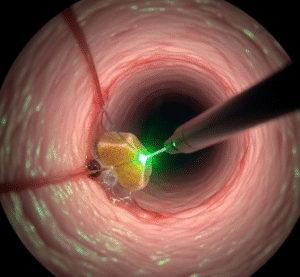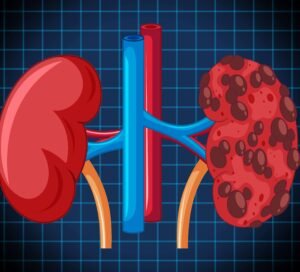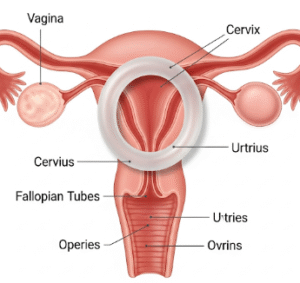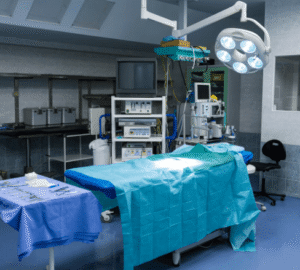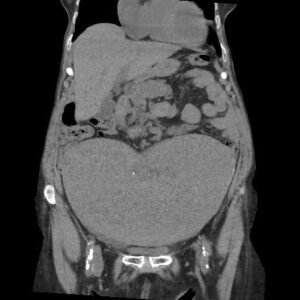Overview
Dandy-Walker Syndrome (DWS) is a rare congenital brain malformation that affects the cerebellum and the fluid-filled spaces around it. It can lead to developmental delays, motor difficulties, and neurological complications. In Korea, specialized pediatric neurology and neurosurgery centers, including Seoul National University Hospital, Asan Medical Center, and Samsung Medical Center, provide diagnosis, surgical intervention, and long-term management for children with Dandy-Walker Syndrome. Early detection and multidisciplinary care are crucial for improving outcomes.
What is Dandy-Walker Syndrome?
Dandy-Walker Syndrome is a congenital brain disorder characterized by an enlarged fourth ventricle, partial or complete absence of the cerebellar vermis, and cyst formation near the base of the skull. It can occur in isolation or in combination with other congenital abnormalities. DWS affects infants and young children, and its severity varies depending on the extent of the brain malformation.
Symptoms
- Enlarged head size (macrocephaly)
- Developmental delays in motor skills and cognitive function
- Poor muscle coordination (ataxia)
- Irritability or frequent vomiting in infancy
- Seizures in some cases
- Abnormal eye movements (nystagmus)
- Hydrocephalus (accumulation of cerebrospinal fluid)
Causes
- Genetic mutations or chromosomal abnormalities
- Developmental disruption during fetal brain formation
- Maternal infections or exposure to harmful substances during pregnancy
- Unknown factors in many cases
Risk Factors
- Family history of congenital brain malformations
- Maternal infections during early pregnancy (e.g., rubella)
- Exposure to teratogens or harmful chemicals during pregnancy
- Certain genetic syndromes associated with DWS
Complications
- Hydrocephalus leading to increased intracranial pressure
- Delayed cognitive and motor development
- Seizures and neurological deficits
- Speech and learning difficulties
- Long-term dependence on caregivers for daily activities
Prevention
- Prenatal care and regular monitoring during pregnancy
- Vaccination against maternal infections such as rubella
- Avoiding alcohol, smoking, and exposure to harmful chemicals during pregnancy
- Genetic counseling for families with a history of congenital brain disorders
Treatment Options in Korea
Treatment focuses on managing symptoms, relieving pressure in the brain, and supporting development.
- Diagnosis
- Prenatal ultrasound to detect structural brain abnormalities
- MRI and CT scans for detailed evaluation of the cerebellum and ventricles
- Genetic testing to identify underlying mutations
- Medical Treatments
- Medications to manage seizures and neurological symptoms
- Supportive therapy for motor and cognitive development
- Surgical Treatments
- Ventriculoperitoneal shunt placement to relieve hydrocephalus
- Neurosurgical interventions to address cysts or malformations when necessary
- Rehabilitation & Supportive Care
- Physical therapy for coordination and strength
- Occupational therapy for daily activity skills
- Speech therapy for language development
- Psychological support for families
- Specialized Hospitals in Korea
- Seoul National University Hospital – Pediatric neurology and neurosurgery
- Asan Medical Center – Multidisciplinary congenital brain disorder management
- Samsung Medical Center – Advanced imaging, surgical treatment, and rehabilitation
- Yonsei Severance Hospital – Long-term developmental monitoring and counseling
- Long-Term Follow-Up
- Regular neurological assessments
- Monitoring for hydrocephalus progression
- Continual developmental support and therapy
- Coordination between pediatricians, neurologists, and therapists for holistic care



